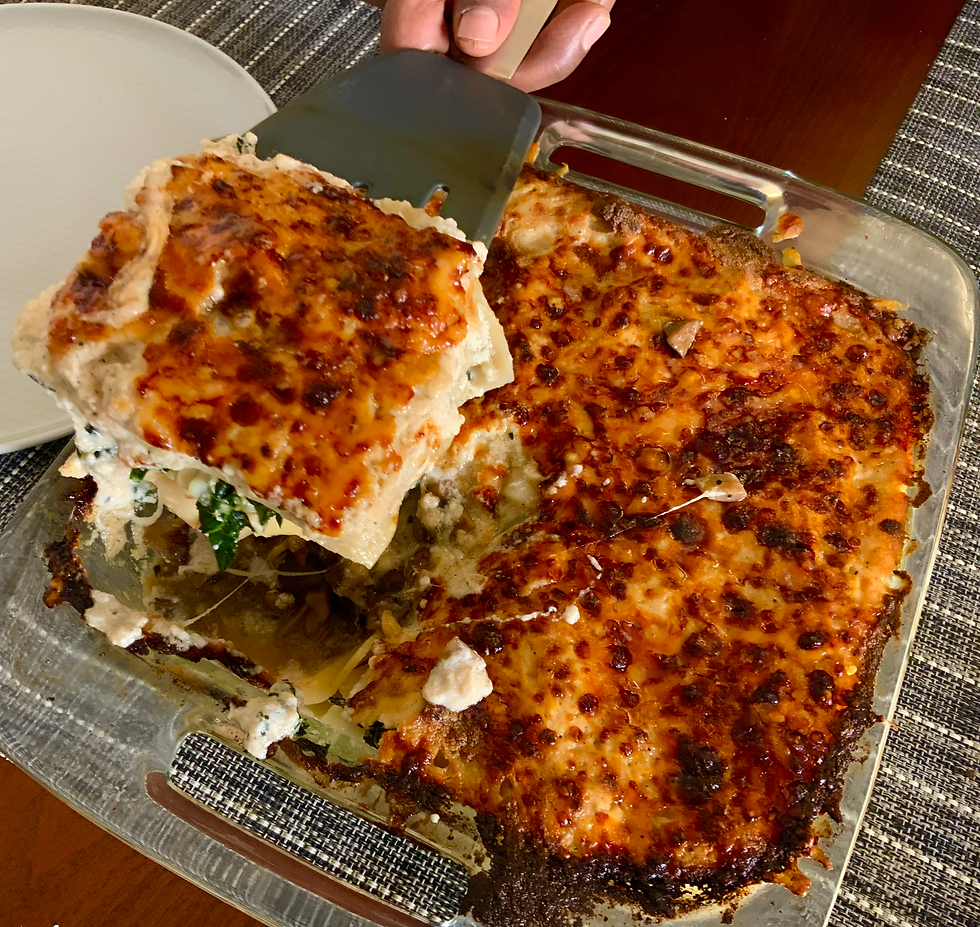The art of a cheese board
- kzafarullah

- Jun 17, 2023
- 4 min read
Updated: Jun 22, 2023
I love making and serving cheese boards, and I love seeing one when I enter someone's house as a guest. The first thing a cheese board does is impress. It is a visual display of thought, grace and generosity.
Cheese boards are not about slapping together a couple of types of cheese and some stale bread and cheap crackers. It is an art form, one that is thought out and designed to be perfect for the guests. It is one of the most customizable plates you can ever create so let your imagination go wild and show your generosity.
The cheese board is mainly about cheese but also has sliced meats and sausages are an essential part of the combination of flavours. In addition, there is bread, crackers, fruit, pickles, olives and other condiments, nuts and dried fruit, and every other imaginable side. The art is in allowing your guests to customize their individual bites with different types of cheeses and additions.
We are fortunate in India to have a boom in artisanal cheese producers. Individuals like Melchoir and Nagi & Kage are producing hand-crafted varieties from around the world, from the softest Brie cheese and Crottins to fabulous Tommes and Cheddars. Consumption of cheese is growing rapidly and folks are beginning to understand the magic of great cheese.
In the description below I have laid out a few rules for creating a cheese board, however, use these as guidelines and not firm rules. They are meant to awaken your imagination and allow you to express yourselves using this dish.
For more recipes from Zafar, click here.

The board
For 2-3 people:
2 kinds of cheese, 1 soft, 1 hard
2-3 types of fruit
1 type of bread
1-2 types of crackers
Selection of dried fruits and nuts
1 chutney or jam
For 4-5 people
3 cheeses, 2 soft, 1 hard
2-3 types of fruit
1-2 types of bread
2 types of crackers
Selection of dried fruits and nuts
2 chutneys or jams
For 8-12 people
4-5 cheeses, 2-3 soft, 2-3 hard
2-3 types of fruit
2 types of bread
2 types of crackers
Selection of dried fruits and nuts
2 chutneys or jams
Soft cheeses:
Brie, Camembert, soft goat’s cheese or chèvre, burrata, blue cheeses (Gorgonzola, Roquefort, Stilton), feta, mascarpone, Boursin (plain, herbed or pepper).
Hard cheeses:
Cheddar, Gruyère, Swiss, Muenster, Goat’s hard cheese like Manchego, Emmental, grana padano, Parmesan (only if well aged and very good), pecorino.
Another way to categorize cheese by its pungency:
Mild: Mozzarella, Cheddar, Fresh cheese, Brie, Camembert and chevre
Medium: Smoked cheeses like Gouda, Edam, Parmesan and Manchego
Strong: Blue, taleggioio, Gruyère
One of the factors in designing a cheese platter is to hit all of the flavour profiles, salt, sweet, spicy, and sour.
Salt: usually comes from cheese, meat, and salty crackers.
Sweet: present in the condiments and also the fresh and dried fruits.
Sour: comes from the pickles, fruit and sourdough bread
Spicy: from spicy pickles, spicy meat cuts, condiments and crackers
Make sure you have all of these in one form or the other.
Fruit: Apples, grapes, both green and black, pears, melons, berries, (strawberries, blackberries, or other), fresh figs, and fresh pomegranate.
Do not use watermelon, oranges, or pineapple.
Bread: A white country loaf, not the cheap soft kind, whole wheat, sourdough, rye, multigrain. The most important aspect of the bread is its freshness, and get them from a small bakery instead of the large commercial ones.
Crackers: salted like a Monaco/Ritz, herbed crackers, seeded crackers, plain crisp bread, butter crackers, breadsticks, crisps (type of cracker, not the chips), pita chips. Today the stores are filled with a huge variety of commercial crackers and boutique flatbreads, be adventurous and try them on your platters.
Dried fruit: Apricots, figs, raisins, kiwi, dates. Try and stay away from the dried fruits that are soaked in sugar and then dried, these tend to be too sweet and lack any fruit flavour. I almost always add dates to my boards, the sweet pairs well especially with the strongly flavoured cheeses.
Nuts: Any variety of nuts, a mix is generally good. If I use pistachios I always use the one in their shell, for all others I use shelled nuts. As a personal rule, I avoid peanuts as I find them too commonplace for a cheese plate.
Pickles: I love pickles on a cheese board. Anything from the standard olives to bread-and-butter pickles, cornichons, dilly beans, pickled beets pickled okra and anything else pickled. The pickles can be briny, sweet or spicy. The acid in pickles helps open and cleanse your palate so you can taste the cheese better. Enjoy a nibble of cheese alternated with a pickle. I stay away from the very masala Indian pickles, they tend to overwhelm the cheese and destroy your palate. Go for those that are milder and more elegant in their flavours.
Condiments: Quince paste is usually great, but so is any fruit leather that is fresh and not loaded with sugar. Pepper chutney (sweet and hot), jams, honey, chutneys, pickles, cornichons, capers, olives, preserved watermelon rinds, fruita de mostarda, and the list goes on.
Meats: Salami, ham, bresaola, smoked chicken, sausages of any kind.














